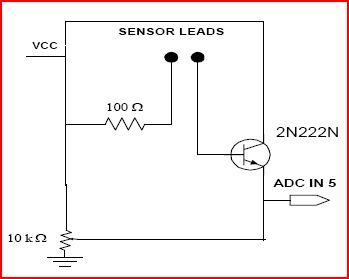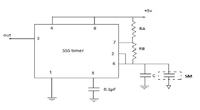huzeeigat
Member level 4
hello,
I have made a soil sensor using the circuit shown in the image...
i am stuck...coz wen i put the probes in dry soil...i get a voltage of around 0.53v after setting the 10k pot...but after adding water the o/p voltage drops to 0.02v...whereas i should get a voltage of around 4.2v..please help...

I have made a soil sensor using the circuit shown in the image...
i am stuck...coz wen i put the probes in dry soil...i get a voltage of around 0.53v after setting the 10k pot...but after adding water the o/p voltage drops to 0.02v...whereas i should get a voltage of around 4.2v..please help...


